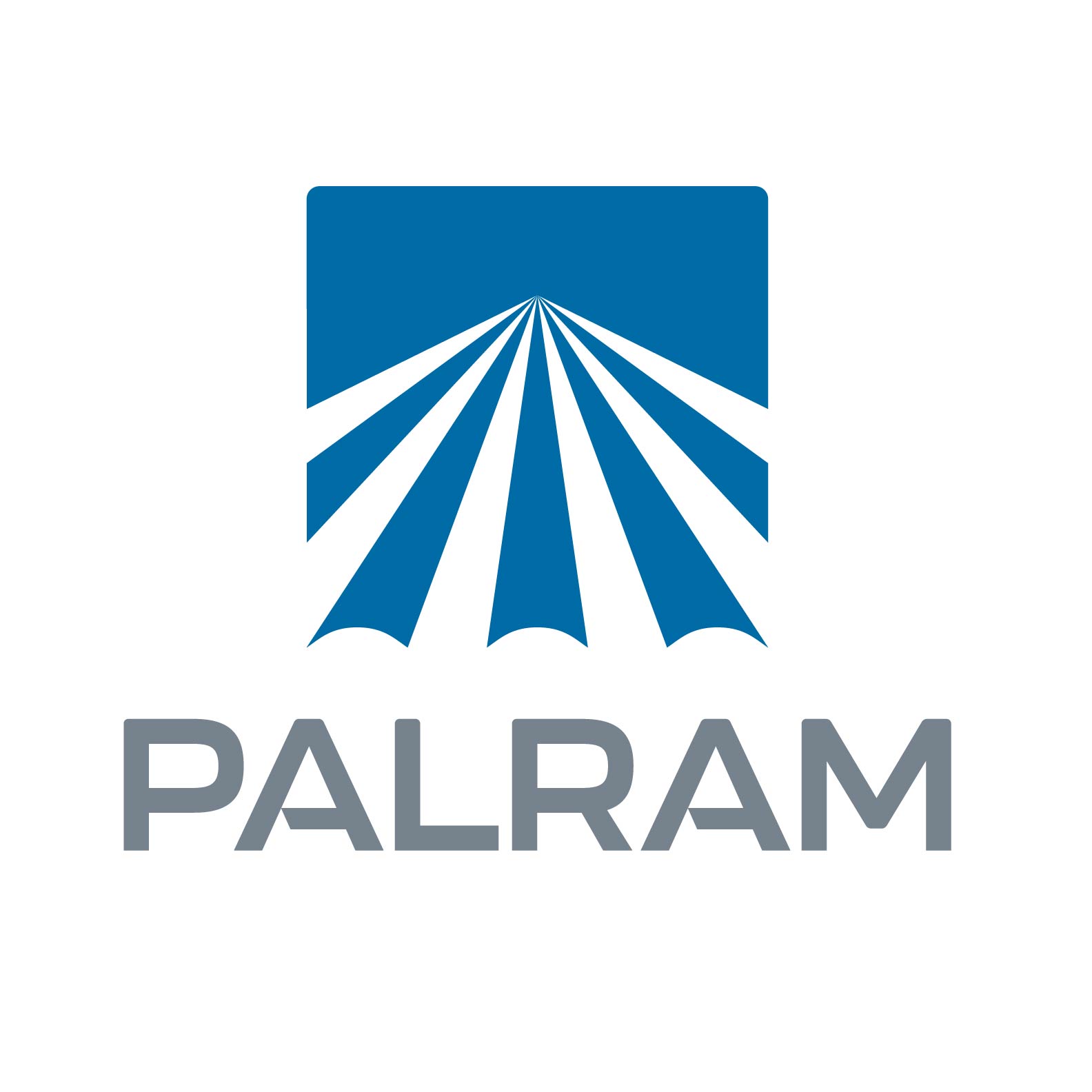This program provides an in-depth examination of how the use of prefabricated, lightweight precast concrete insulated panels can improve the design and construction process for mid-rise and high-rise buildings. Participants will gain an understanding of how these non-load-bearing enclosure systems, manufactured under controlled factory conditions, contribute to project efficiency, schedule acceleration, and long-term performance. The course will review design integration strategies, thermal and moisture performance characteristics, and finish versatility. Discussion will also address how prefabrication supports sustainability objectives through waste reduction, quality assurance, and life-cycle durability.









